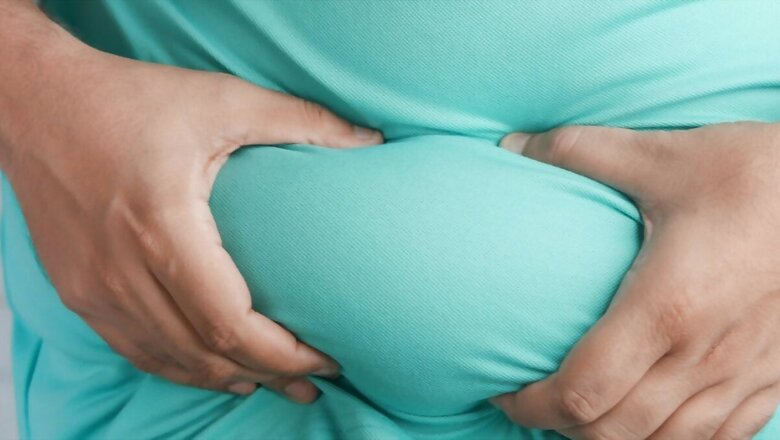
views
A study published in medical journal The Lancet said that obesity rates among children and adolescents worldwide increased four times from 1990 to 2022. The obesity rates among adults may have more than doubled.
The report said that the total number of children, adolescents and adults worldwide living with obesity has crossed the 1 billion mark. It said that in 2022 there were 159 million obese children and adolescents and 879 million obese adults across the globe.
The report also analysed global data estimates and said obesity has become the most common form of malnutrition in most countries. It also said that it noted a decline in the number of people who are underweight since 1990.
NCD Risk Factor Collaboration (NCD-RisC), in collaboration with the World Health Organization conducted the study. Over 1,500 researchers across 190 nations analysed weight and height measurements of over 220 million people aged five years or older. The researchers studied body mass index (BMI) to understand how obesity and underweight have changed worldwide from 1990 to 2022.
Body mass index (BMI) is a number that helps understand if the weight of a person is healthy for their height. It’s like a scale that says if a person is underweight, normal weight, overweight or obese. It is calculated by using the person’s weight and height, and then the result is compared to a chart to see in which category the person falls.
A report by The Hindu said representatives from the Madras Diabetes Research Foundation were among the co-authors of the study in India.
V. Mohan, Anjana Ranjit and Guha Pradeepa were co-authors in the study.
The paper pointed out that in India, the obesity rate increased from 0.1% in 1990 to 3.1% in 2022 for girls, and 0.1% to 3.9%, for boys.
India ranks 174th highest in the world in 2022 in the prevalence of obesity among girls and boys. However, among adults the changes were much larger with obesity rates surging in cases of both adult Indian men and women.
In women, the obesity rate increased from 1.2% in 1990 to 9.8% in 2022 and in men from 0.5% to 5.4%.



















Comments
0 comment